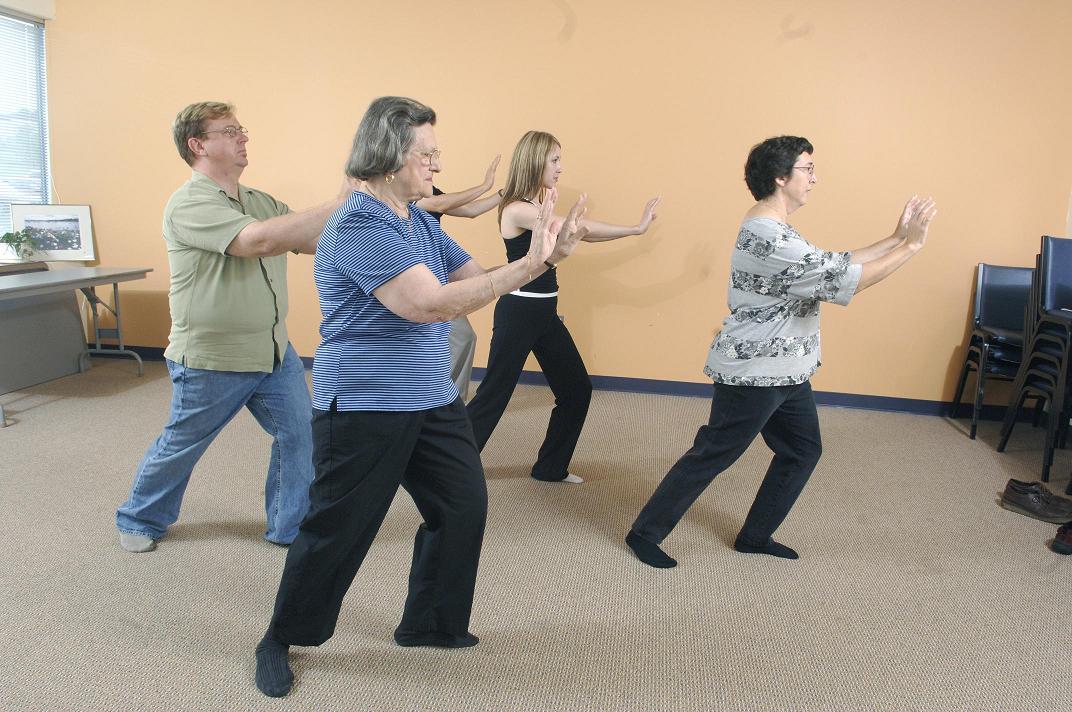By APTA
National Falls Prevention Awareness Day is observed on the first day of fall (today!) to increase public awareness and promote activities to reduce falls among older adults. This year’s awareness day is themed “Standing Together to Prevent Falls,” and 46 states are planning to participate. National Falls Prevention Awareness Day is just one example of the tremendous work over 70 professional organizations, including APTA, federal agencies, and 42 state falls prevention coalitions have done through the Falls Free Initiative.
According to the Centers for Disease Control and Prevention (CDC), one-third of older adults fall at least once each year. Falls are the leading cause of fatal injury and nonfatal trauma-related hospital admissions among older adults. Muscle weakness, balance impairments, and walking difficulties are among the leading risk factors for falls among older adults. Fortunately, various types of exercise can lessen the impact of these factors and reduce one’s chances of falling.
The US Preventive Services Task Force recently supported exercise or physical therapy and Vitamin D supplementation to prevent falls among community-dwelling older adults. These recommendations are also supportive of those proposed by the American Geriatrics Society, which recommends balance, walking, and strength training to reduce falls risk.
The Physical Activity Guidelines for Americans (PAG) also recommend balance training at least 3 times per week for older adults at increased risk for falls. This is in addition to the general recommendation for a minimum of 150 minutes of moderate-intensity or 75 minutes of vigourous-intensity aerobic exercise per week and 2 days per week of strength training.

Balance training should be challenging and progressive in difficulty (such as reducing base of support and/or increasing movement in multiple directions). Group or individual programs that combine balance and strengthening exercises, such as tai chi, have been proven to effectively reduce falls among older adults.
Evidence-based balance exercise programs can be offered in any number of settings. It is also acknowledged that a variety of other healthy aging programs can be strategically offered within facilities to promote and sustain behavior change, address intermediate risk factors or barriers, or serve as entry programs for referral to more targeted fall prevention programming. Many of these programs are already found within communities supported by the US Administration on Community Living. Research supports a minimum of 50 hours of exercise, over a minumum of 12 weeks (6 months is best) to affect balance and falls, so physical therapists need to partner with agencies that can help to augment or supplement our plans of care.
There are many examples of successful partnerships among community agencies and exercise professionals to offer evidence-based and best-practice programs that deliver the recommended type and amount of exercise. Community agencies are also in a strategic position to offer assistance with marketing, recruiting participants, and providing activity space. Potential partners include senior centers, older adult housing, churches, fitness and wellness centers, and nutrition sites.
APTA provides website resources on falls prevention to its members and promotes the Falls Prevention Awareness Day through its e-newsletter. Other awareness and planning resources are also available from the National Coalition on Aging Center for Healthy Aging. How can your organization and members join together to help your communities’ older adults improve balance and reduce falls?
Guest bloggers: Lori Schrodt, PT, PhD, Chair of the Health Promotion & Wellness Special Interest Group, Section of Geriatrics, American Physical Therapy Association; (Bonita) Lynn Beattie, PT, MP, MHA, Vice President, Injury Prevention Lead, Falls Free Initiative; Center for Healthy Aging; National Council on Aging; and physical therapist students from Western Carolina University, Andrea Cahoon, Sherrie Flory, Anna King, Caitlin Laemmle, Kenneth Richards, and Monica Vargas.